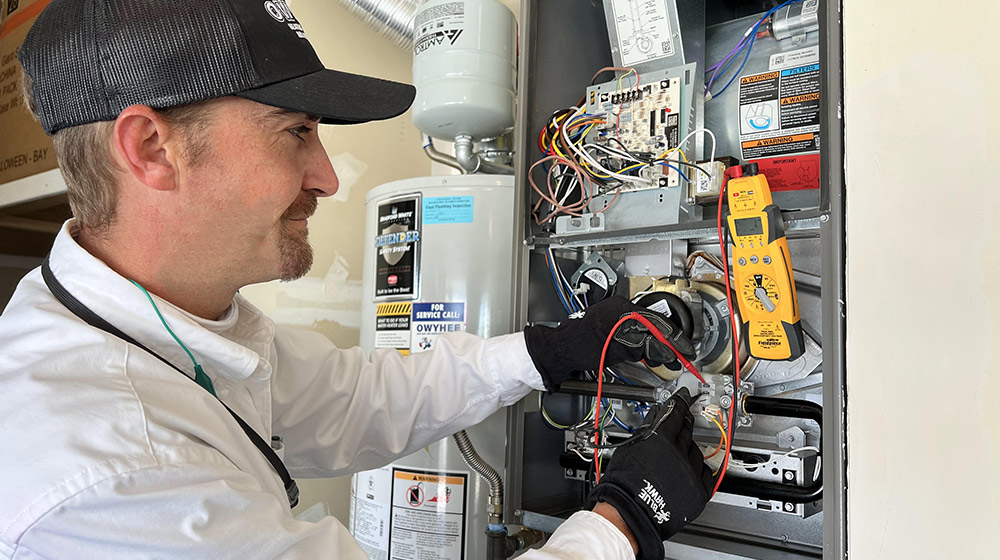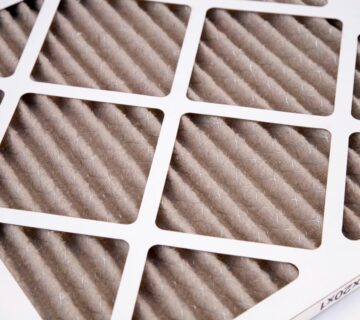Is your furnace constantly requiring repairs? Then you may need to sit down, think, and ask yourself: Is it still worth undergoing these repairs? Or is investing in a replacement a much more practical option?
The replacement costs are indeed often higher upfront, but it gives you more savings in terms of energy costs in the long run. Repairs, on the other hand, are more affordable. But if you’re regularly calling an HVAC technician for repairs, it’s the other way around.
Don’t worry, though. You are one of many in this decision-making process. We understand how difficult it is to decide whether or not to have your furnace repaired or replaced, so we created this guide for you.
So, when do you need a heating system repair? When do you need a furnace replacement? We’ll answer these questions below.
1. Check the age of your furnace.
Begin by checking the age of your furnace. If you had your furnace when you moved into your home twenty years ago, perhaps it is already at the end of its lifespan. Check the manual and find the system’s model number to verify this. You can also find it on the furnace itself. Then search for it online and read information about it. If maintained well, then it should last around 15 to 20 years.
2. Compare your monthly energy bills.
Find your monthly energy bills and compare them. A drastic increase in monthly bills means your system is no longer efficient. You may benefit from newer furnace models since they are designed to be more efficient.
3. Look around you for dirt, soot, and dust particles.
If dirt, soot, and dust particles build up all over your home, even when your furnace is running, it’s a sign that you need to replace it. Your current furnace may no longer be capable of doing what it’s supposed to, hence the dirt and dust around you.
4. Check for humidity issues.
Humidity can be a serious problem within homes during winter, even more concerning for homes with wood floors. So, if you have noticed the air inside your home feels dry, your furnace may be the culprit.
5. Inspect the heating levels in the rooms.
Have you noticed that the rooms within your home are heated unevenly? Your furnace is likely failing. Over time, your furnace is exposed to daily wear and tear, and it may eventually have difficulties pushing heat throughout your home.
6. Listen for any unusual sounds.
Can you hear loud, unusual noises from your furnace? It is likely time to have it replaced as there may be cracks or leaks inside it that HVAC technicians can no longer fix.
7. Check for any signs of cracks or rust.
If you find any cracks or rust around the furnace, it’s better to replace it. These cracks and rust show as your furnace ages. And if these cracks are ignored, they can affect your heating system’s efficiency.
8. Remember how many times you had your furnace repaired.
Look back at those times when you had your furnace repaired. How much did you pay? How many times did you call an HVAC contractor to have issues fixed? If you have already spent more than the actual price of the furnace, talk to the contractor about your available replacement options.
9. Check the furnace flames.
An efficient furnace produces a clean blue flame. If the flames are yellow, your furnace is producing carbon monoxide, which is a sign of a dangerous gas leak that needs immediate attention.
Wrapping Up
If you plan to list my home or simply want to stay in it for longer, take care of your furnace. Repairing or replacing it may make your home marketable and livable! But if you are unsure whether a repair or replacement is best, consult an HVAC contractor.
About the author
Shelby Bartz is the new Content Editor of Precision Air & Plumbing, a full-service HVAC, plumbing, and home performance contractor operating in Chandler, Arizona. Shelby is a devoted bookworm but when she isn’t reading, you’ll find her cruising around town with her beloved ginger husky, Maxxy.



